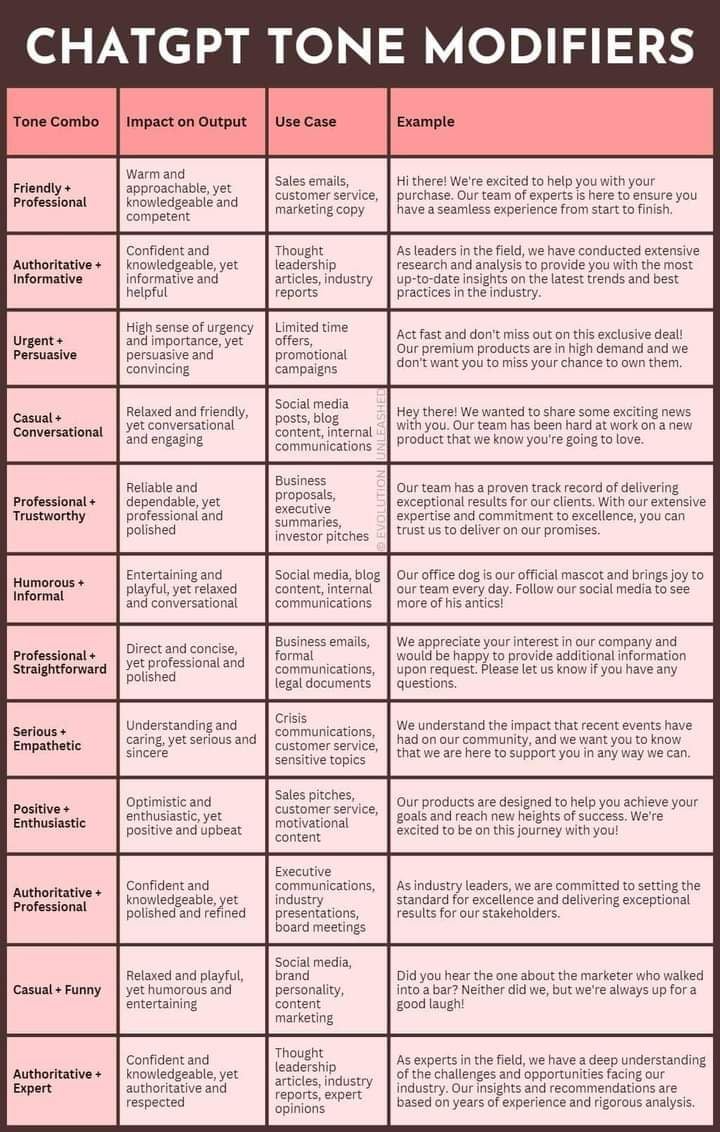Are you using generative AI tools in your digital marketing process?
The latest wave of AI apps have provided a window into a world of new possibilities, though when you actually get down to it, their capacity, at least at this stage, is somewhat limited, in terms of quality, consistency, etc.








